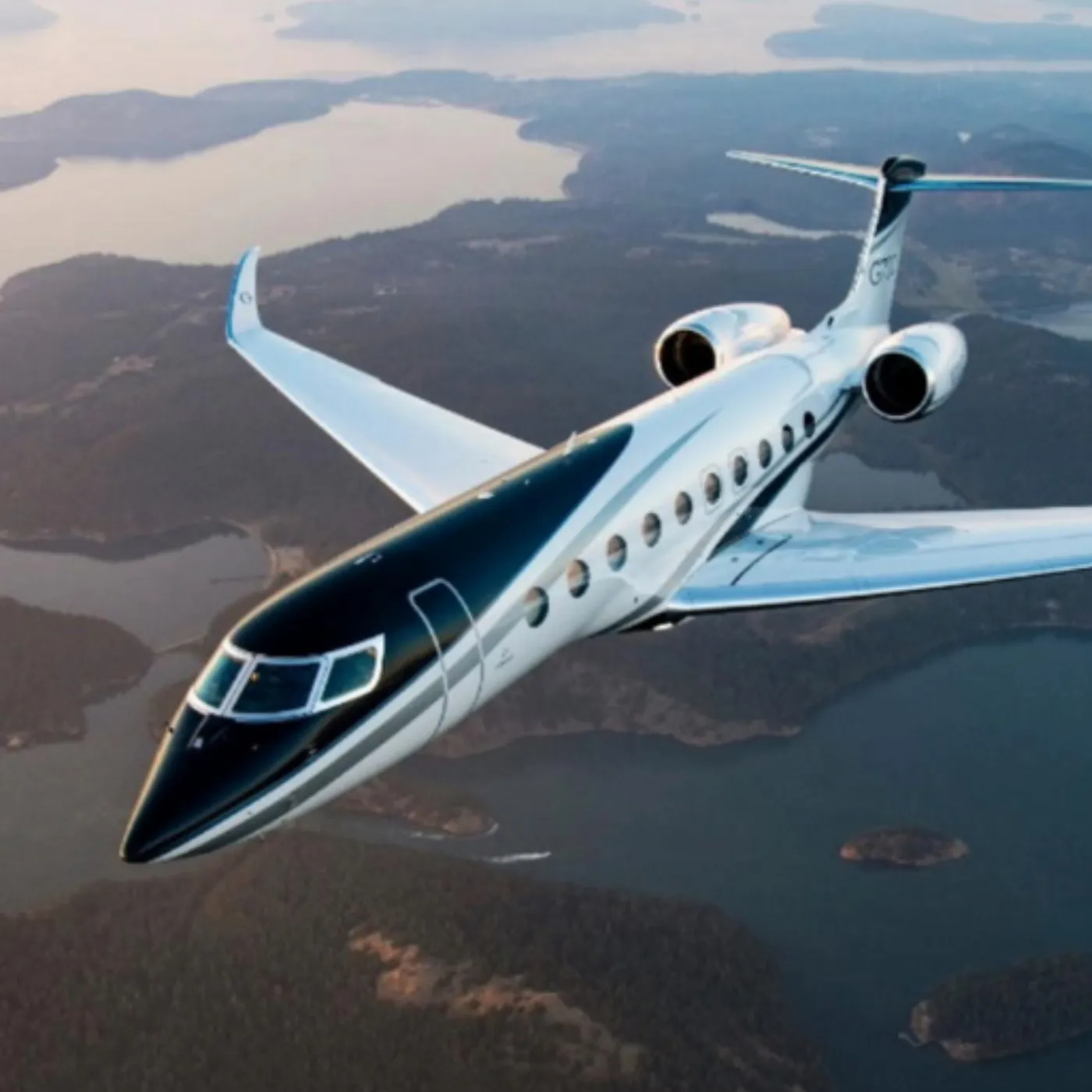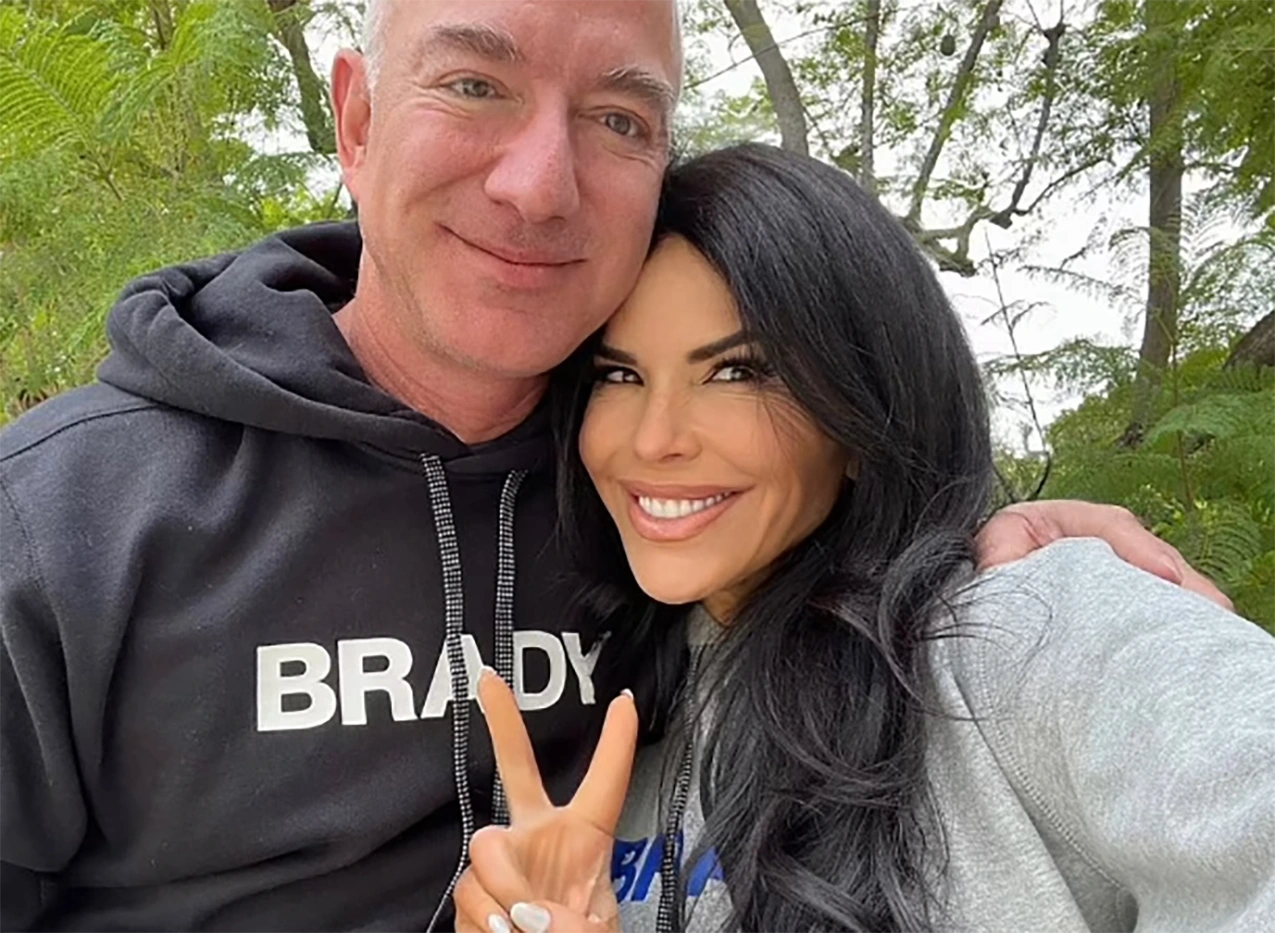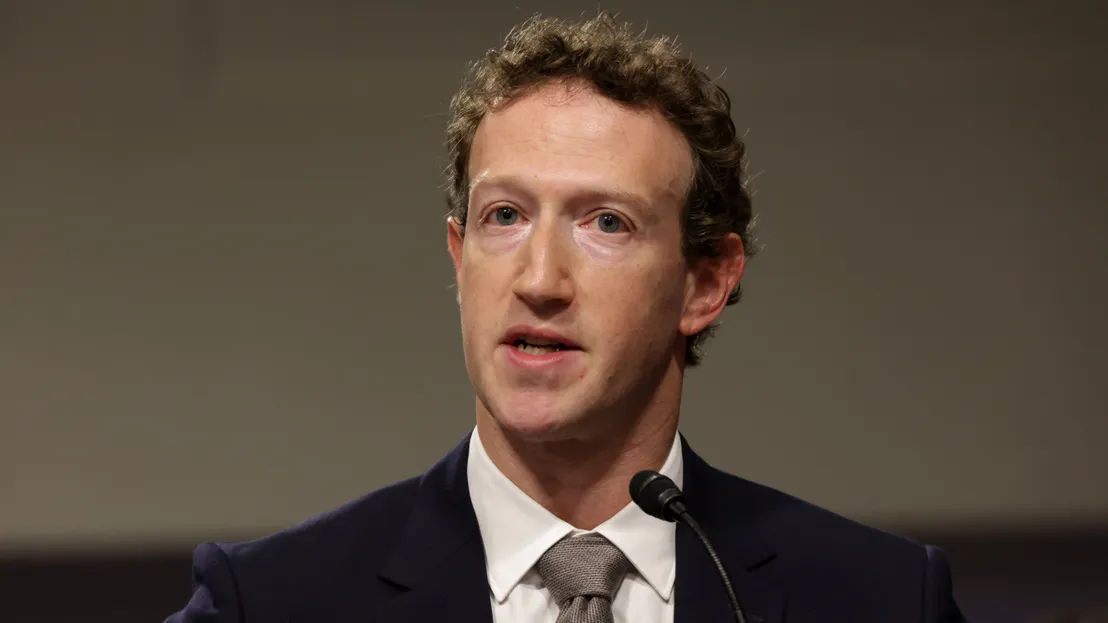

Mark Zuckerberg’s lifestyle exemplifies wealth and lack of environmental responsibility.
Mark Zuckerberg recently made headlines with the maiden flight of his new $80 million Gulfstream G700 private jet. Traveling from California to his expansive 1,300-acre estate in Hawaii, this luxurious aircraft burned 5,500 kilograms of fuel, releasing a staggering 19 tons of CO₂ into the atmosphere. This significant carbon footprint raises questions about the environmental impact of private air travel, especially for high-profile figures like the Meta CEO.

The Jet Tracking Phenomenon
The news of Zuckerberg’s extravagant purchase was first reported by aviation enthusiast Jack Sweeney, known for his jet-tracking activities on Bluesky, a platform rivaling X (formerly Twitter). Sweeney gained notoriety for monitoring the flights of celebrities and billionaires, leading to bans from multiple social media platforms owned by Meta. Despite this, he remains undeterred, continuing to track Zuckerberg’s private jet flights on Bluesky, capturing the public’s fascination with the lifestyles of the rich and famous.
Confirming Ownership
While there has been no official confirmation linking Zuckerberg to the Gulfstream G700, its recent journey from Monterey, California, to Kauai strongly suggests ownership. Zuckerberg has a substantial property on Kauai, where he is constructing one of the largest homes in U.S. history—an estate larger than New York’s Central Park. This ambitious project has garnered both intrigue and criticism, particularly from local residents who view the land as sacred.

The Estate’s Features
The ongoing construction of Zuckerberg’s estate remains mostly shrouded in mystery. However, it is rumored to include two residential buildings, each featuring 30 bedrooms, swimming pools, saunas, conference rooms, and a library. The buildings are expected to be interconnected by underground tunnels, complemented by soundproof bunkers designed for privacy and security. These elaborate plans underscore the scale of Zuckerberg’s investment and his desire for a private sanctuary.
Community Engagement
In light of the controversy surrounding his property, Zuckerberg and his wife, Priscilla Chan, have made efforts to give back to the local community. They recently donated $626,000 to support permanently affordable housing on the island, acknowledging the pressing needs of the local population. This gesture aims to alleviate some concerns and foster a better relationship with the residents of Kauai.
A Greener Future?
Interestingly, Zuckerberg’s switch from the older Gulfstream G650 to the G700 may signal a commitment to greener travel. The G700 boasts improved fuel efficiency, which could reduce the environmental impact of his flights. Data shared by Sweeney reveals that the G650 required 17,178 lbs. of fuel for the same trip, costing over $14,300 and producing 27 tons of CO₂ emissions. In contrast, the G700 only requires 12,222 lbs. of fuel, costing about $10,200 and resulting in 19 tons of CO₂ emissions, marking a significant reduction in emissions.

Mark Zuckerberg’s acquisition of the Gulfstream G700 highlights the intersection of luxury, sustainability, and social responsibility. As he navigates the challenges of public scrutiny and environmental concerns, his actions—both in terms of travel and community engagement—will continue to shape the narrative surrounding his lifestyle. The allure of private jets may be undeniable, but the responsibility that comes with such privileges is increasingly under the spotlight.


















